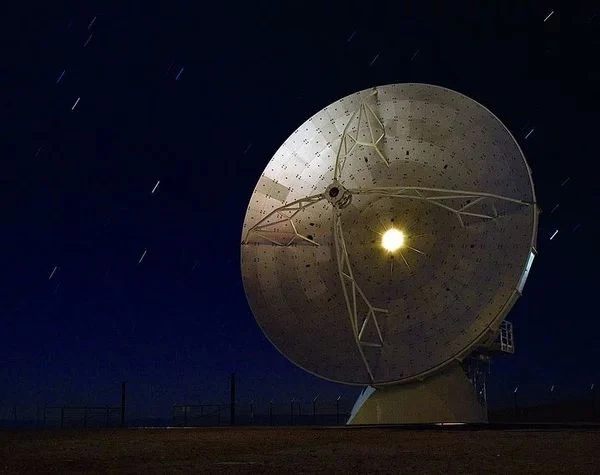Spanish astronomers with the help of an array of radio
telescopes ALMA studied the nearest star to the star of Proxima Centauri
and its planetary system. Scientists managed to find signs of the
presence there of three belts of dust and debris. In addition, they
discovered one unusual object. Most likely, this is a giant planet of
the Saturn type, surrounded by a developed system of planetary rings.
The corresponding article was accepted for publication in The
Astrophysical Journal Letters, and its text is available on the Cornell
University preprint server.
The authors of the work observed the proximity of Proxima Centauri, a
star at 4.3 light years from us. Its age is about five billion years.
This luminary is eight times lighter than the Sun and much duller.
Recently, a land-like planet was discovered near it in the habitat zone
(7.5 million kilometers from the star). It is not yet clear whether it
is habitable in practice. New observations were made in the radio range,
so they could provide fresh data not only about it, but only about
other objects of the system.
It turned out that near Proxima Centauri there are three rings of dust and asteroids. The first – the warmest – is located at a distance of 60 million kilometers from the star. The second, more cold belt – at a distance of 150 to 600 million kilometers from the luminary. And 4.5 billion kilometers away from him is the third belt, the coldest. The total mass of objects has been approximately determined so far only for one belt – the average. It was equal to one hundredth of the mass of the Earth. Approximately the same mass in the solar system has the Kuiper belt, which lies beyond the orbit of Neptune.
In addition, it was possible to notice a strange point object in 240 million kilometers from Proxima. Most likely, astronomers believe, this is a planet with a mass roughly equal to our Saturn. It also most likely has a developed system of planetary rings. Its period of revolution around its star should be close to 5.8 years (approximately like that of Jupiter). If subsequent observations confirm its existence, we can say that the nearest star has not one planet, but a full-fledged planetary system.
It turned out that near Proxima Centauri there are three rings of dust and asteroids. The first – the warmest – is located at a distance of 60 million kilometers from the star. The second, more cold belt – at a distance of 150 to 600 million kilometers from the luminary. And 4.5 billion kilometers away from him is the third belt, the coldest. The total mass of objects has been approximately determined so far only for one belt – the average. It was equal to one hundredth of the mass of the Earth. Approximately the same mass in the solar system has the Kuiper belt, which lies beyond the orbit of Neptune.
In addition, it was possible to notice a strange point object in 240 million kilometers from Proxima. Most likely, astronomers believe, this is a planet with a mass roughly equal to our Saturn. It also most likely has a developed system of planetary rings. Its period of revolution around its star should be close to 5.8 years (approximately like that of Jupiter). If subsequent observations confirm its existence, we can say that the nearest star has not one planet, but a full-fledged planetary system.
Tags
Space
